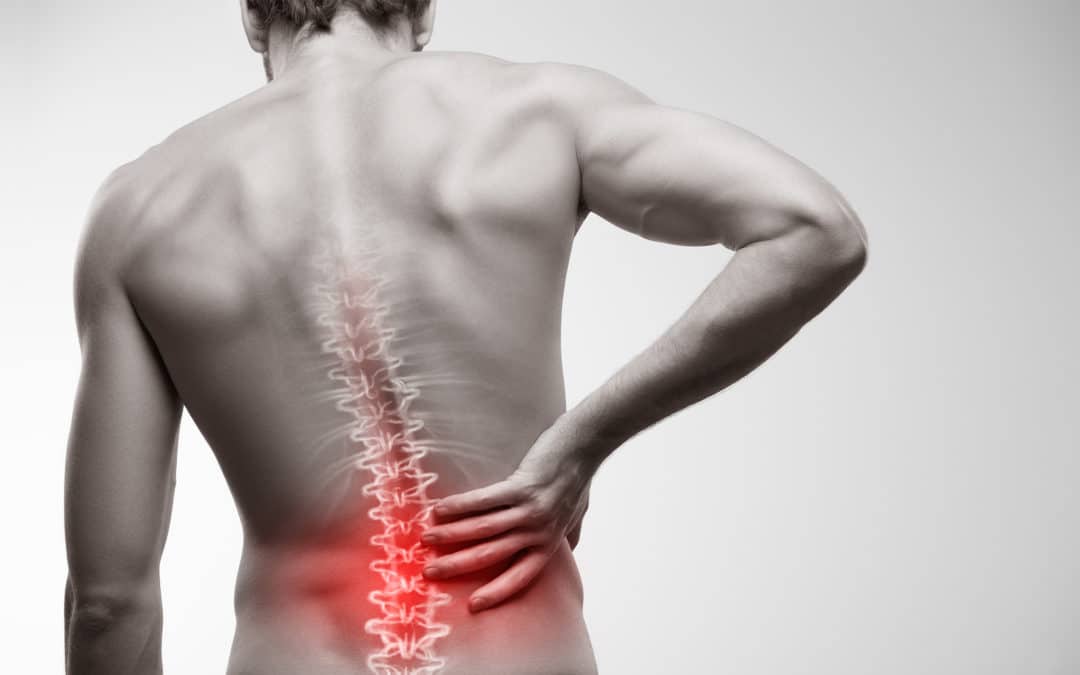

Prolonged non-dynamic sitting has negative effects on posture. It can lead to skeletal and muscular disorders but it also increases the risk of many health problems such as :
⦁ Cardiovascular disease, high blood pressure, ...
⦁ A slowing of blood flow depriving the body of its proper oxygen supply and thus proper cell function.
⦁ An increase in body weight, with an increased risk of type 2 diabetes
⦁ An increased risk of colon, prostate, and breast cancer...
⦁ Negative consequences on the brain, which receives less oxygen
⦁ Liver and kidney problems
⦁ ........
Studies show that if, in a standing position, the pressure between the 3rd and 4th lumbar vertebrae corresponds to an index of 100, the pressure can rise to an index of 200 in a bad sitting position. And each day spent in a sitting position reproduces the same constraints, which in the long run can have a negative impact on your health.
Why should you adopt dynamic seating with NOA for your back?
The dynamic seating provided by the NOA cushion stimulates the erector muscles of the spine, which reduces the pressure on the intervertebral discs. This allows them to play their role as shock absorbers for longer. It also allows for better vascularization of this entire area of the body. It thus favors the transport of oxygen in the blood, essential to the proper functioning of the back muscles. This better vascularization also allows to nourish the intervertebral discs. In addition, sitting dynamically with the NOA cushion will help you become aware of your back position. It will allow you to find a healthy sitting position respecting the three morphological curves of the back and neck.

Why adopt a dynamic sitting with Noa for your health?
Beyond that, the dynamic sitting provided by the NOA cushion prevents the body from becoming lethargic. Maintaining a correct posture while sitting requires a certain amount of effort that we are unable to maintain over time. We have to keep repositioning ourselves to avoid a position that becomes harmful to our health. In a sitting position, the spine no longer has its three natural curves, the pelvis tilts spontaneously backwards, the discs are pinched forward, the nucleus slips backwards, the viscera and vessels are compressed. Even if they seem minimal, the cushion allows for support and compensation exercises thanks to the movements it generates. These imperceptible movements force your muscles to work during all the hours spent sitting. In doing so, the cushion will strengthen your back muscles, an effective way to prevent back pain and improve organ function. Your overall health will be improved.
